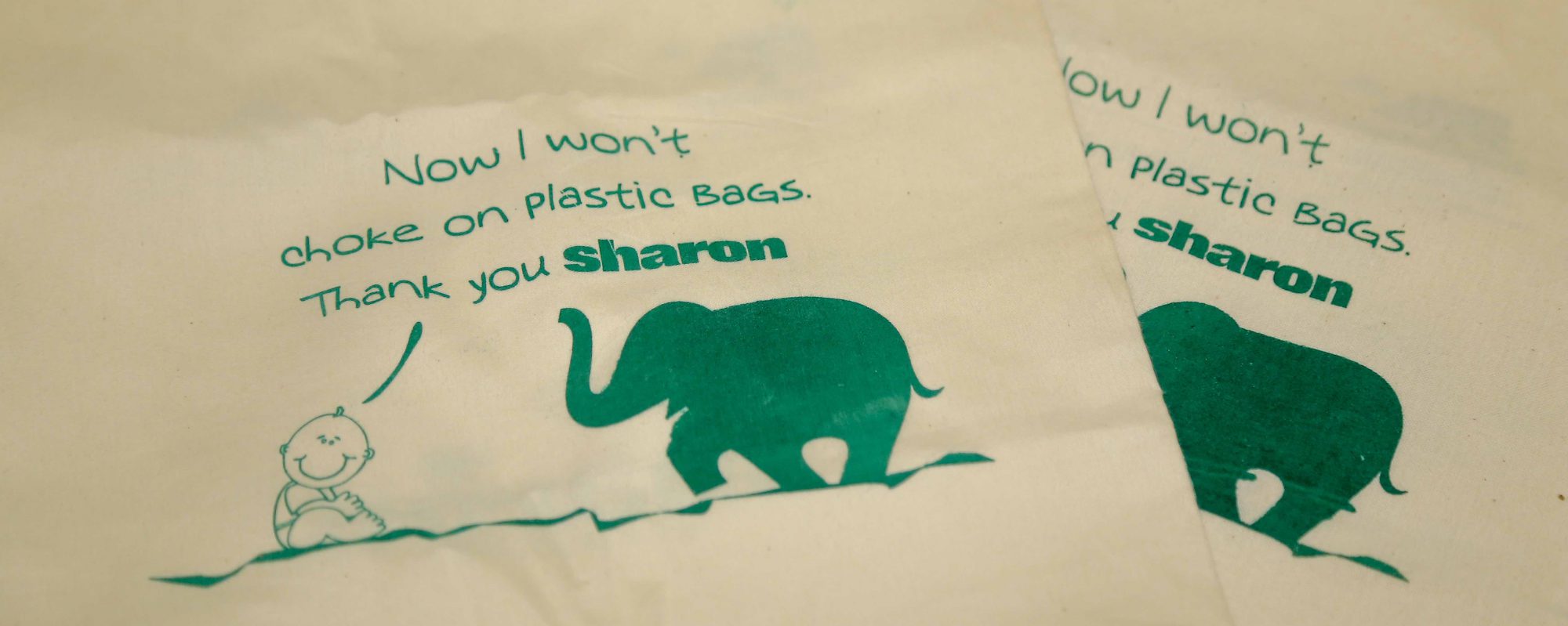How much Plastic do humans consume?
If you thought that was an odd question, you’d be surprised to learn that an average human consumes the equivalent of one credit card per week!
One third of all plastic the world produces ends up in our oceans polluting the seas and affecting the poor marine animals that end up eating these. Of particular concern are the micro-plastic particles that plague our oceans which is consumed by fish. This fish, when eaten by humans, end up in our system. The medical world is yet to fully understand the health consequences this has on our bodies.
Researchers estimate (source: https://www.zmescience.com/ecology/credit-card-plastic-04323/) that people who eat Mussels might end up consuming 11,000 micro-plastic particles a year. And if you thought vegetarians are free from this risk, think again. Even sea-salt has micro-plastic and 1 kilogram of sea-salt could have 600 micro-plastic particles in it.
In all, scientists estimate that humans might be consuming 50,000 micro-plastic pieces every year. It is upon us to act immediately to eliminate single-use plastic and micro plastic from our lives in order to save ourselves, if not the environment.

